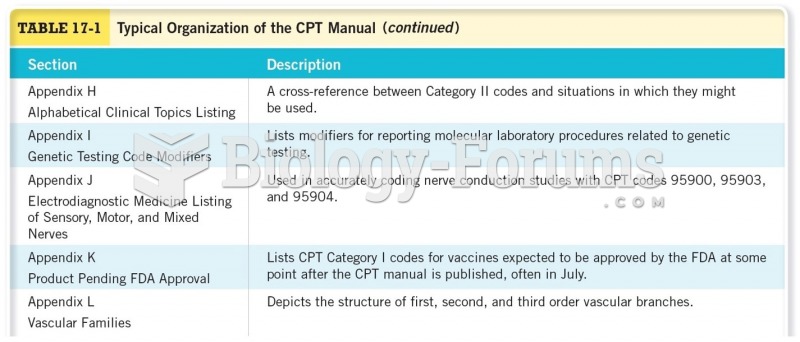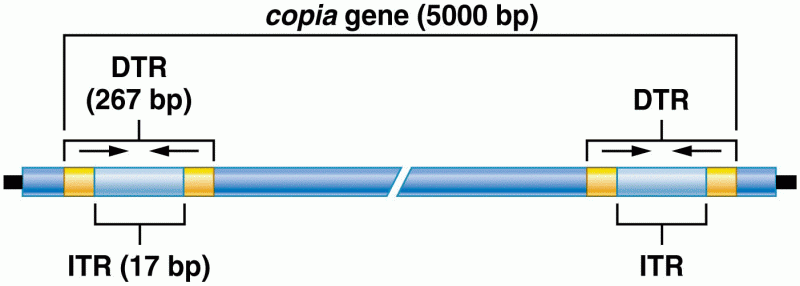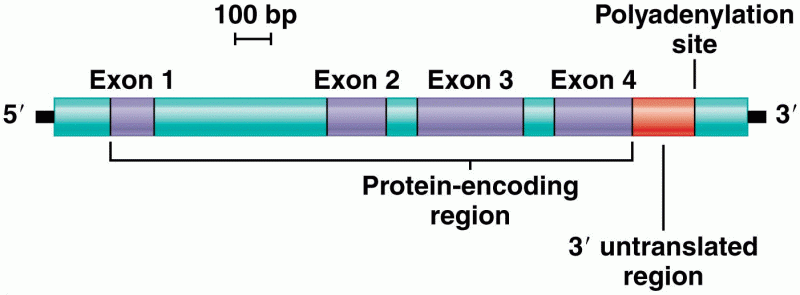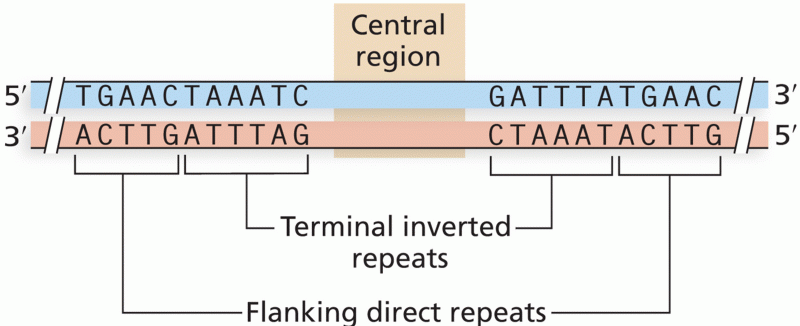|
|
|
Drying your hands with a paper towel will reduce the bacterial count on your hands by 45–60%.
Prostaglandins were first isolated from human semen in Sweden in the 1930s. They were so named because the researcher thought that they came from the prostate gland. In fact, prostaglandins exist and are synthesized in almost every cell of the body.
The FDA recognizes 118 routes of administration.
Elderly adults are at greatest risk of stroke and myocardial infarction and have the most to gain from prophylaxis. Patients ages 60 to 80 years with blood pressures above 160/90 mm Hg should benefit from antihypertensive treatment.
For pediatric patients, intravenous fluids are the most commonly cited products involved in medication errors that are reported to the USP.







